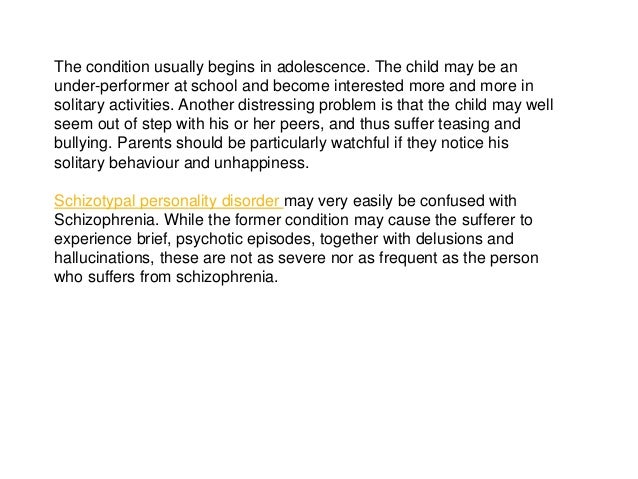

It reported that 18 (64%) of the attackers “experienced mental health symptoms prior to their attack 9 (32%) were psychotic and 7 (25%) had been hospitalized for treatment or prescribed psychiatric medication prior to their attacks.
In 2018, the US Secret Service National Threat Assessment Center released a report on Mass Attacks in Public Spaces-2017. It analyzed 28 such incidents that had taken place in 2017. They reported that 16 of the 40 (40%) on which such information was available had received a psychiatric diagnosis 44 of the 63 (70%) had “mental health stressors” and/or “mental health concerning behaviors” prior to the attack and 30 of the 35 (86%) on which such information was available had suicidal ideation or had made suicide attempts prior to the attack. The authors restricted their study to verified information in the FBI records thus, there was much missing mental health information. In 2018, the FBI released a report on A Study of the Pre-Attack Behaviors of Active Shooters in the United States Between 20. The authors selected 63 cases on which records were more complete among the 160 total active shooter cases. REVIEW OF THE RESEARCHįollowing are summaries of selected recent studies. The most important variable is the definition of mental illness used in the study studies using a narrow definition (e.g., psychosis) produce different results than those using a broad definition of mental illness and/or including substance abuse as mental illness. The period covered by the study is also important, because mass killings were less common early in the early 20 th century than in the late 20 th century and since. Some studies include only mass killings in which guns were used (e.g., Follman et al., 2012) and exclude those in which knives, cars or other weapons were used (e.g., Adacia Chambers, diagnosed with bipolar disorder, who killed 4 and injured 48 while driving her car in Stillwater, Oklahoma, in 2015). For years, the federal government defined "mass murderer" as someone who killed four or more people in 2013, the term was redefined to three or more people killed. Other researchers define mass homicide as killing three people, others four people, and still others as few as one person if the intent was to kill more (e.g., MF Stone in 2015). Some studies include all mass killings, including those associated with crime (e.g., mob-related killings in Chicago in the 1930s) and those in which a parent kills multiple family members. In general, however, it appears that at least one third of mass killings are carried out by individuals with untreated serious mental illness, even when narrowly defined.įindings regarding mass homicide vary considerably, depending on how the author defines mass killings. As to the percentage of mass homicides in which the perpetrator had an untreated serious mental illness, the answer varies based on how serious mental illness and mass killings are defined, the time period covered and other factors. In 2017, nearly one incident meeting the federal government’s definition of “mass shooting” occurred each day. The most comprehensive survey of mass homicides in the 20 th century reported 73 such killings from 1990 to 1999. 
Studies of mass killings strongly suggest they began to increase in incidence in the 1980s, and that the incidence is increasing.
#ANOTHER WORD FOR PARANOID PDF#
Click here for a PDF of this backgrounder complete with references SUMMARY






 0 kommentar(er)
0 kommentar(er)
